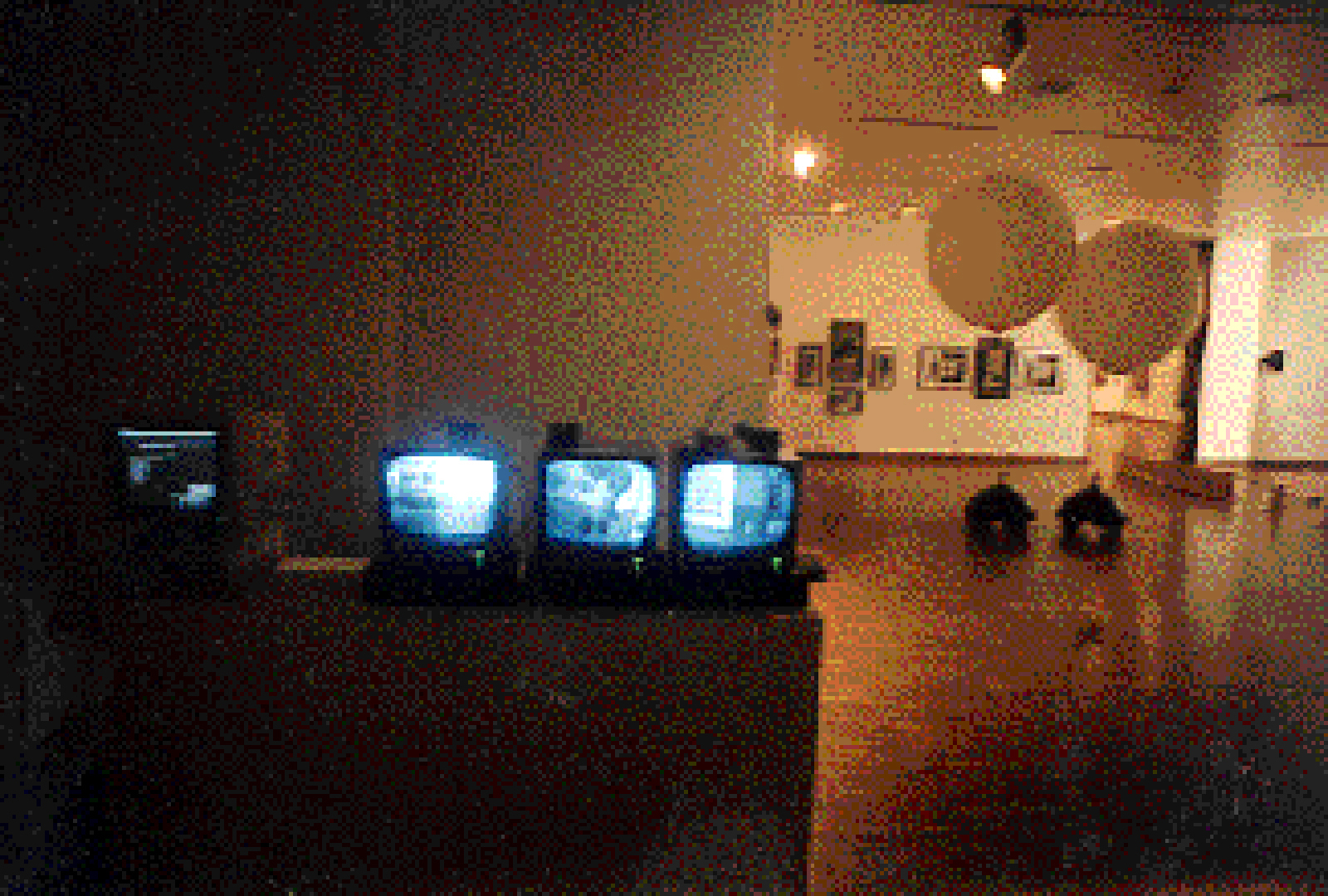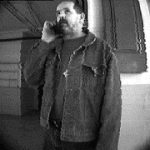Joel A. Slayton: Telepresent Surveillance
Title:
Artist(s) and People Involved:
Exhibiting Artist(s):
-
Joel A. Slayton
-
- San José State University
Symposium:
Artist Statement:
Telepresent Surveillance is an evolving artwork integrating fully automated tracking and navigation robot probes equipped with microwave AV transmitters with the internet. Real time audio and video output from the robot orientation, movement and perspective is received and displayed on rack surveillance monitors as a component of the installation. A miniature CCD camera and custom 2.4 GHz transmitter/receiver provide for display of perspective view, tracking motion and orientation. The transmitted images are digitally sampled and accessed by a remote host computer/web server located at the CADRE Institute in San Jose, California. Viewers accessing the web site at http://surveil.sjsu.edu are provided sequential image uploads from each robot probes interaction with the audience visiting the installation environment. The Web site includes descriptive and technical information as well as access to a historical archive of digital movie sequences automatically generated over the course of the exhibition. The conceptual strategy of Telepresent Surveillance is to prototype a system of companion machine agents for Telepresent viewing of public space.
At issue is the relationship between site, audience, interaction and the function of art as information strategy. Although, clearly a sculptural media installation, this work blurs the domain of the artist’s intentionality and machine intelligence. Each robot probe is a fully autonomous intelligent surveillance system programmed with interactive movement and tracking behaviors that uniquely characterize an individual personality. The programmed movement behaviors for each probe are activated by human presence within their defined and shared proximity. A custom engineered sonar-infrared tracking technology mounted on each robot is used to determine location and distance of warm bodies within a defined proximity and circumference. Once located, the robot determines an appropriate movement pattern to orient itself and move towards the target. (A target can be shared or partially shared by robots). At rest the robots continually scan the environment for warm body presence. Polaroid ultrasonic sensor pairs are utilized for collision detection and avoidance. Two on-board Basic Stamp computers process the real time tracking and collision data which determines the robots actual motion behaviors that range from timid to aggressive. Performing as companions the probes collectively interact with one another, the environment and viewing audience to perform as autonomous information gathering agents. The robots are predictable yet elusive as they appear to strategize, seek and respond to stimuli. The number, pattern and activity of viewers dramatically effects the behaviors.
Contributors:
Collaboration and assistance from: Engineering: Guy Marsden Networking and Web Design: Steve Durie & Bruce Gardner.















